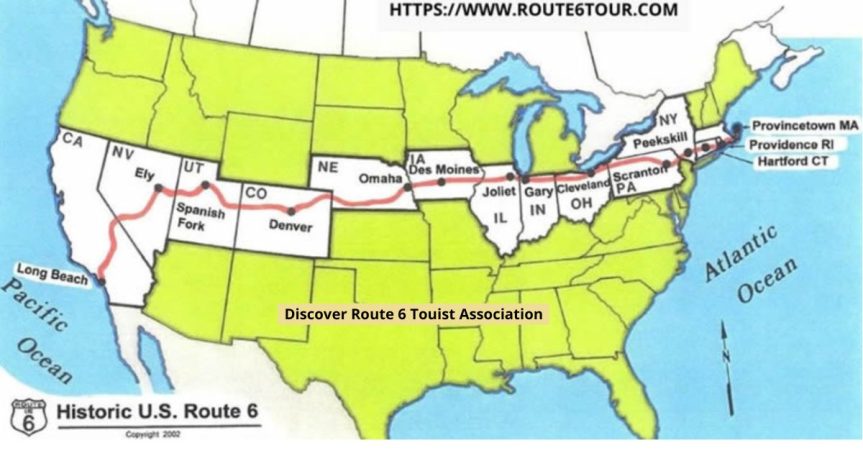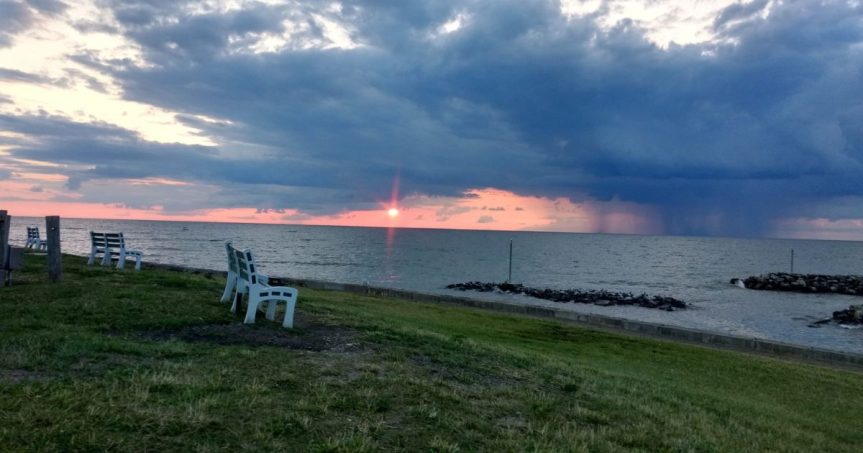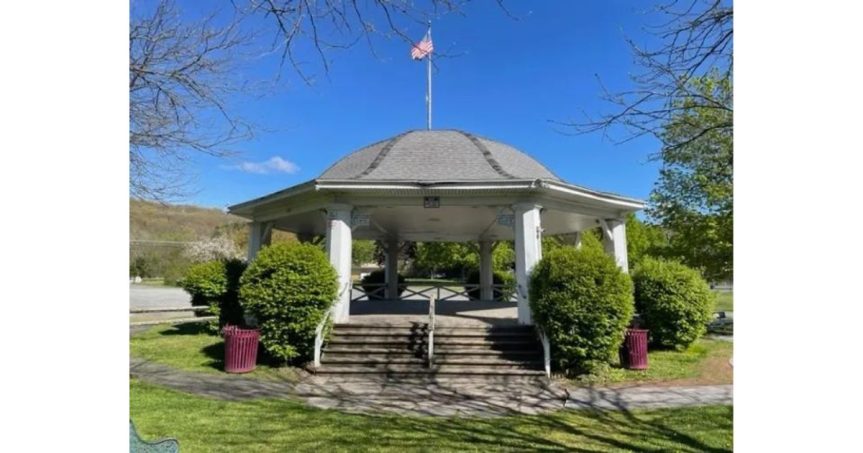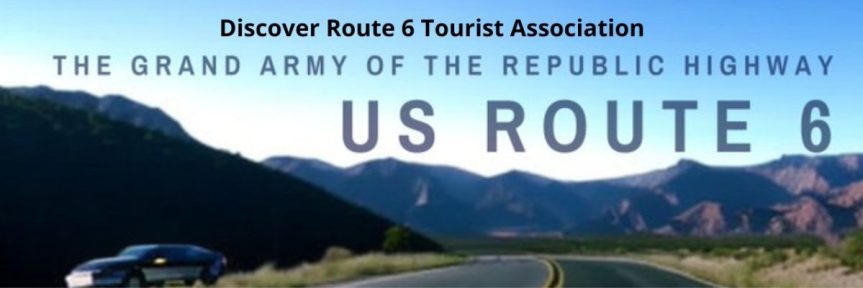A Ghost Town’s Tale of Hope and Heartbreak in the Red Rocks of Utah
—
Introduction to Sego, Utah
Nestled amidst the striking red rocks of eastern Utah lies Sego, an abandoned town rich in history and intrigue. Once a bustling mining community, Sego now stands as a haunting reminder of the dreams and hardships faced by its early settlers. This blog post will take you on a captivating journey through Sego’s founding, its rapid rise and fall, and the efforts to preserve its legacy. Whether you’re a history enthusiast, a Utah local, or a travel blogger, there’s something uniquely compelling about Sego, Utah, that beckons you to explore its storied past.
Early Days of Sego
The Founding of Sego
Sego was founded in the early 20th century, around 1910, when a small band of settlers discovered rich veins of coal in the Book Cliffs. This discovery marked the beginning of the town’s short-lived yet significant existence. Named after the sego lily, Utah’s state flower, the town’s early days were filled with hope and ambition.
Early Industries and Settlers
The primary industry driving Sego’s growth was coal mining. The settlers, many of whom hailed from diverse backgrounds, were drawn by the promise of prosperity. The coal extracted from the mines was transported via the narrow-gauge railroad to nearby markets, fueling the town’s economy and attracting more settlers.
Building a Community
As the population grew, so did the infrastructure. Schools, churches, and businesses sprang up, creating a tight-knit community. The people of Sego were resilient and resourceful, facing the harsh conditions of the Utah desert with determination and ingenuity.
Sego’s Boom and Bust
The Rise of the Mining Industry
The discovery of coal in Sego led to a rapid influx of miners and their families. The promise of employment and a better life drew people from far and wide. The town flourished, with new buildings and amenities being constructed at a feverish pace.
Challenges and Decline
However, the boom was short-lived. The quality of the coal began to decline, and the mines became increasingly difficult to work. Additionally, water scarcity and logistical challenges plagued the town. These issues led to a gradual decline in mining operations, causing many residents to leave in search of better opportunities elsewhere.
The Final Blow
The Great Depression dealt a severe blow to Sego. The already struggling town could not withstand the economic downturn, leading to the closure of the mines and the eventual abandonment of Sego. By the late 1940s, Sego had become a ghost town, its buildings left to the mercy of time and the elements.
Rediscovery and Preservation Efforts
Interest in Sego Rekindled
In the decades following its abandonment, Sego remained largely forgotten. However, in the latter half of the 20th century, historians and adventurers began to rediscover the town. The stories of Sego’s past intrigued many, leading to efforts to preserve and document its history.
Preservation Initiatives
Various preservation initiatives have been undertaken to protect Sego’s remaining structures and artifacts. These efforts aim to maintain the town’s historical integrity while making it accessible to visitors. Preservation groups and local historians have worked tirelessly to ensure that Sego’s story is not lost to time.
Educational and Touristic Value
Today, Sego serves as an educational site, teaching visitors about the challenges and triumphs of early settlers and miners. Its ghostly remains offer a tangible connection to the past, providing a unique glimpse into the lives of those who once called Sego home.
Sego Today
A Visit to Sego
Visiting Sego today is like stepping back in time. The remnants of the town’s buildings, along with the old mining equipment, stand as silent witnesses to Sego’s history. The desolate beauty of the surrounding landscape adds to the town’s eerie charm.
Historical Landmarks
Several historical landmarks remain, including the old railroad tracks, the foundations of the mining facilities, and the weathered structures of homes and businesses. These landmarks offer a poignant reminder of the town’s once-thriving community and the industry that sustained it.
A Haven for History Buffs and Explorers
For history enthusiasts and adventurous travelers, Sego provides a fascinating destination. The town’s remote location ensures that it remains relatively undisturbed, allowing visitors to explore and reflect on the stories etched into its bones.
Conclusion
Sego, Utah, is more than just a ghost town; it’s a testament to human ambition, resilience, and the relentless pursuit of prosperity. Its history, marked by both hope and heartbreak, offers valuable lessons and insights into the struggles and triumphs of the past. We encourage you to explore Sego, immerse yourself in its story, and discover the rich tapestry of Utah’s history.
For those eager to learn more, consider booking a tour with local historians or joining preservation efforts. Sego’s legacy is one worth preserving and sharing, ensuring that the dreams and determination of its early settlers are never forgotten.
—
By exploring Sego’s past, we gain a deeper appreciation for the indomitable spirit of those who came before us. Whether you’re a history buff, a Utah local, or a travel blogger, Sego’s story is one that resonates with the timeless human quest for a better life.
On YOUTUBE





